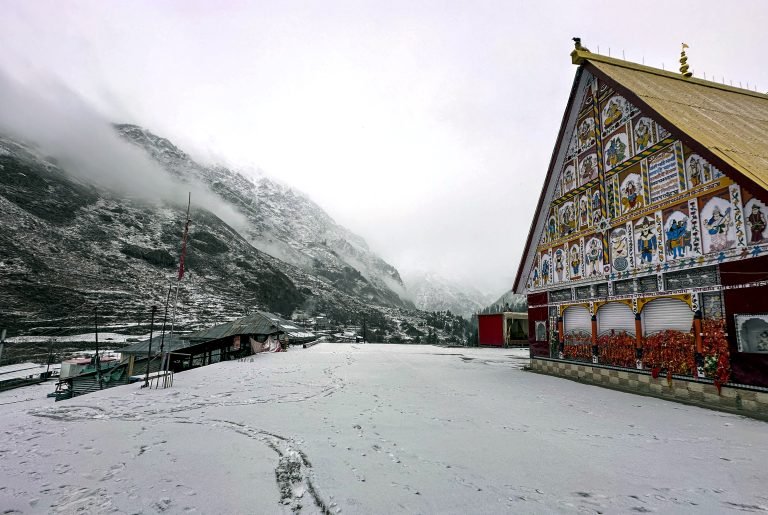The festival of Dussehra holds a special place in the hearts of people across India, with each region fill it with unique meanings and cultural significance. In Jammu and Kashmir, Dussehra celebrations are particularly evocative, drawing on centuries of traditions and historical influences, especially during the era of the Dogra Raj. The festivities, marked by vivid displays and traditional performances, bring to life the epic tale of Lord Rama’s victory over Ravana, symbolizing the triumph of good over evil.

The city of Jammu has a deep-rooted connection with the Dussehra festival, dating back to the Dogra Raj, when the royal family actively supported and participated in the celebrations. The Dogra rulers, who governed the region from the mid-19th century until India’s independence in 1947, were known for their patronage of arts and cultural festivities. Dussehra was no exception, with elaborate arrangements made for processions, Ram Leela performances, and the ceremonial burning of effigies.
Read also: Jammu Maha Navami: Navratri Rituals and Traditions In Dogra Community
During the Dogra era, Dussehra in Jammu was centered around the Dewan Mandir area, where Ram Leela—the dramatization of the Ramayana epic—was staged with grandeur. The performances drew large crowds, captivated by the vivid portrayal of Lord Rama’s battles and his ultimate victory over Ravana. The highlight of the celebrations was the burning of massive effigies of Ravana, symbolizing the eradication of evil forces.
Gyan Tatya: Dewan Mandir Sanatan Dharam Natak Samaj is synonyms with Art & Culture of Dogra Heritage. The stage of Dewan Mandir is progeny of artists like Kundan Lal Sehgal, Om Prakash, Ustad Alla Rakha, Mallika Pukhraj, Pt Shiv Kumar Sharma etc. Legend Prithvi Raj Kapoor had mentioned Dewan Mandir in his many interviews. This stage or Mandua in local language is well and truly heritage of Jammu and Dogras.
A Look at Dussehra Celebrations in the 1910s and 1920s
Historical photographs from the early 20th century provide a fascinating glimpse into Dussehra festivities in Jammu and Kashmir during the Dogra Raj. Below photograph from the 1910s depicts the vibrant celebrations in Jammu, with grand effigies towering over the crowds, ready to be set ablaze.

Reada also: Doctor sahib who make effigies for Dussehra in Jammu & Kashmir
Another photograph from 1924 shows Dussehra being observed in Srinagar, reflecting the cultural diversity and communal harmony of the time.

The images not only capture the grandeur of the festival but also reflect the evolving cultural landscape of Jammu and Kashmir. The participation of people from various walks of life, regardless of religious background, highlights the inclusive spirit that characterized the region during the Dogra Raj.
Read also: Dogra Traditional Dress for Men and Women
Dussehra in Jammu and Kashmir, especially during the Dogra Raj, was more than just a religious festival; it was a cultural event that brought together diverse communities in celebration. The effigy burnings, Ram Leela performances, and historical photographs from the 1910s and 1920s offer a window into a time when the festival served as a symbol of cultural unity and the triumph of good over evil. As modern celebrations continue, the rich legacy of Dussehra during the Dogra Raj remains an integral part of the region’s history and cultural identity.
















